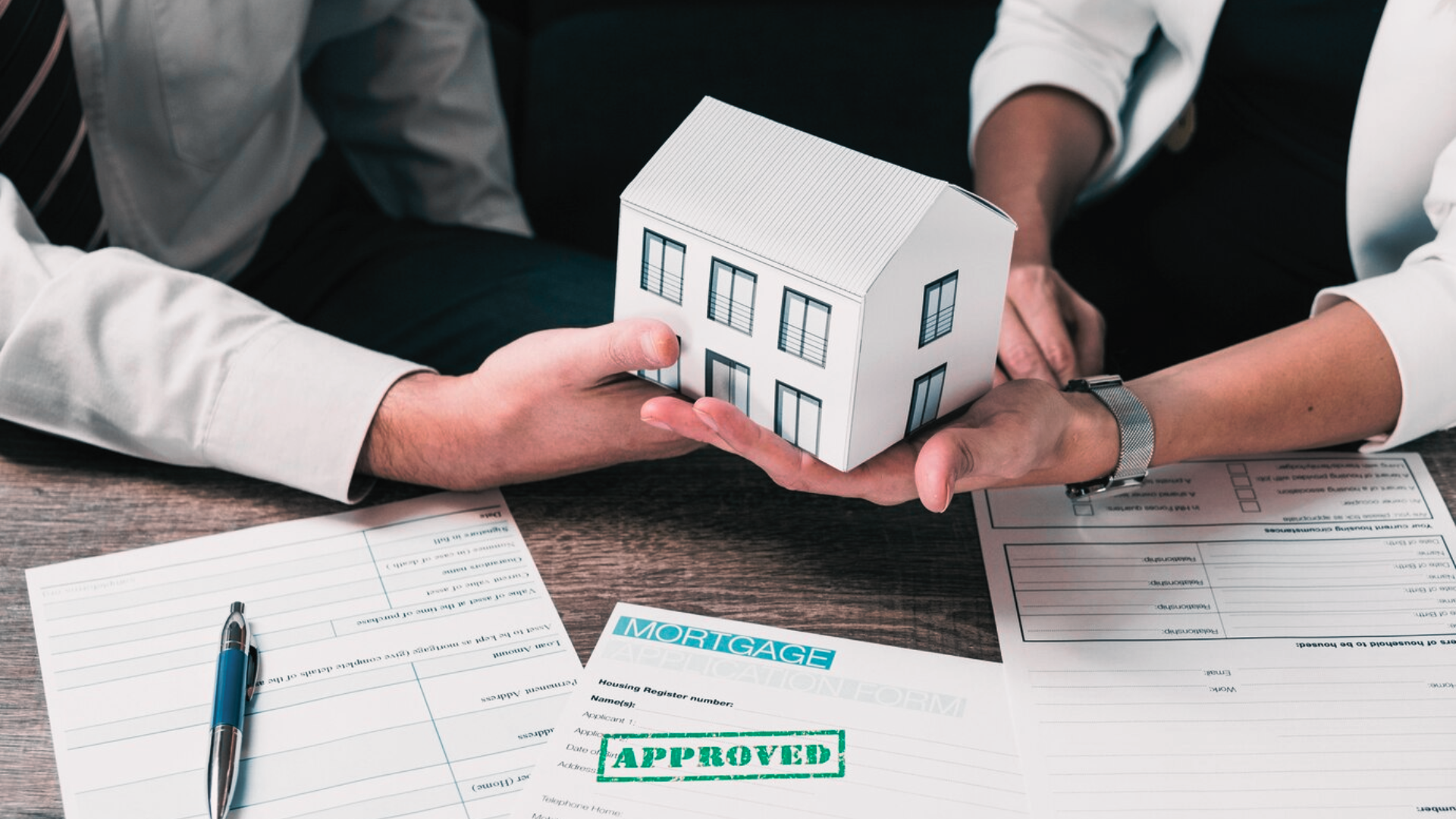The growing trend of home restoration in India has motivated many homeowners to transform their homes into luxurious retreats. On the other hand, obtaining appropriate cash during the renovation process might be a significant problem. Fortunately, a loan against property (BLAP) is a viable option. In this article, we will discuss the several advantages of using a loan against property for home renovations and offer advice on navigating the acquisition process.
Exploring Business loan against property (BLAP)
A business loan against property, colloquially known as a mortgage, represents a financial instrument allowing homeowners to leverage their properties’ market value to obtain funds for diverse purposes, including home renovation. In stark contrast to conventional personal loans, BLAP offers borrowers an array of advantages, such as enticing interest rates and extended repayment tenures.
Advantages of business loan against property for home renovation
Competitive interest rates and extended repayment tenures
One of the key merits of BLAP is low-interest rates, which invariably exhibit a competitive edge compared to alternative loan options. Furthermore, lenders provide extensive payback terms, thereby supporting the manageable distribution of the loan burden over a broader period.
Higher loan amounts
With BLAP, homeowners can access substantial loan amounts. These loan amounts are contingent upon the overall market value of the properties in question and the lender’s stipulated loan-to-value ratio (LTV). They can plan expansive renovation projects and substantial structural modifications.
Versatile utilisation of funds
Another pivotal aspect of BLAP revolves around the flexibility it affords in allocating funds to various aspects of home renovation. BLAP liberates homeowners from the shackles of financial constraints, permitting them to allocate funds per their unique requirements and desires.
Process and documentation
Application process
Applying for a business loan against property mandates adherence to a series of steps, beginning with thorough research and comparison of lenders offering BLAP. Subsequently, aspiring borrowers must complete an application either online or in person at the lender’s branch office, furnishing all requisite documents. Once the application is submitted, the lender conducts comprehensive verification and deliberation.
Documentation requirements
While specific document requisites may marginally vary across lenders, the common denominators about business loan against property are as below:
- Proof of identity and address.
- Proof of income and employment.
- Property-related documentation, such as ownership proof, a comprehensive property valuation report, and property title documents.
- Bank statements and income tax returns for the specified timeframe.
Organising and preparing the requisite documentation proactively is judicious to expedite the application process.
Key considerations while availing of a BLAP
Property valuation and legal scrutiny
Before applying for a business loan against property, it is important to engage the services of a reputable valuation agency to ascertain the precise market value of one’s property. This detailed appraisal ensures the maximum loan amount commensurate with the property’s fair market value. Additionally, prudence dictates the conduct of a comprehensive legal examination for title verification to avert any potential legal disputes in the future.
Repayment and default considerations
To avail of any loan, including BLAP, it is imperative to formulate a realistic repayment plan. Failing to honour the loan payments carries the grave consequence of the potential loss of the mortgaged property. It is incumbent upon borrowers to carefully assess their financial capabilities, opting for a loan amount and repayment tenure that align with their income and expenditure.
Repayment capacity assessment
Prudent borrowers assess their financial situation to determine a loan amount and repayment term corresponding to their repayment capacity. Attempting to keep loan payments within the confines of their inflows and outflows promotes financial stability and peace of mind.
Loan-to-value ratio (LTV)
Understanding the lender’s mandated loan-to-value ratio is critical since it determines the loan eligibility amount based on the appraised market worth of one’s property. Also, an essential aspect of the loan acquisition procedure is researching and comparing loans offered by multiple institutions.
Mortgage registration and charges
Prospective borrowers must understand the intricacies governing mortgage registration. This pivotal step legally pledges the mortgaged property as collateral for the loan. Moreover, contemplation of ancillary charges, such as stamp duty and processing fees, is also important.
Prepayment and foreclosure
Responsible borrowers are familiar with the loan agreement’s prepayment and foreclosure restrictions. Knowledge of any associated expenses, such as prepayment penalties or foreclosure fees, enables borrowers to make educated decisions if they intend to return the loan early.
Key takeaways
Business Loan against property for home renovations presents a valuable opportunity for homeowners to access substantial funds and unleash the true potential of their properties. Electronica Finance, your trusted ally in tailored financial solutions, specialises in providing customised funding options for homeowners, offering loans against property for home renovations designed to help you realise your dream of renovating your homes.



